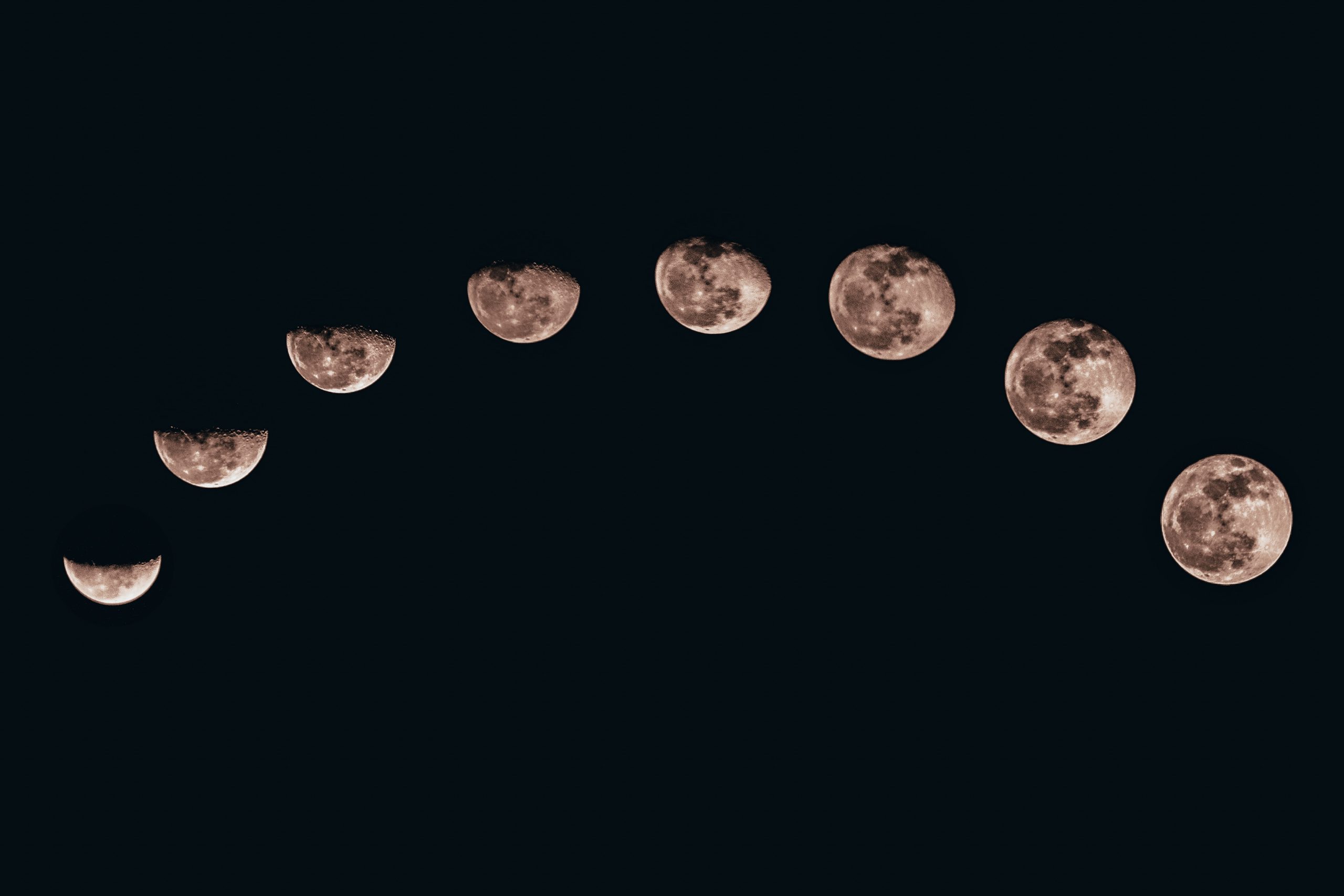Moon Phases: Understanding the 1st Quarter
The moon, our closest celestial neighbor, has fascinated humanity for centuries with its beauty and mysterious nature. One of the most intriguing aspects of the moon is its ever-changing appearance, which we refer to as moon phases. The lunar cycle consists of eight distinct phases, each with its own unique characteristics and significance.
In this blog post, we will delve into the first quarter of the moon’s phases, exploring what it represents, how it looks, and the science behind its occurrence. So, let’s embark on this lunar journey and unravel the secrets of the first quarter moon phase.
The Lunar Cycle: A Quick Overview
Before delving into the specifics of the first quarter moon phase, let’s have a brief overview of the entire lunar cycle. The lunar cycle, also known as the synodic month, lasts approximately 29.5 days. It begins with the new moon, followed by the waxing crescent, first quarter, waxing gibbous, full moon, waning gibbous, third quarter, and ends with the waning crescent.
Each phase occurs due to the moon’s position relative to the sun and the Earth, resulting in different amounts of sunlight illuminating its surface. The moon doesn’t emit light on its own; instead, it shines because of the sun’s reflection. Understanding the positions and angles of the Earth, moon, and sun is crucial to comprehending the moon phases.
The First Quarter Moon Phase: Definition and Appearance
The first quarter moon phase marks the halfway point between the new moon and the upcoming full moon. During this phase, the moon appears half-illuminated, resembling a semicircle. Despite the name, the first quarter doesn’t necessarily occur on the exact 25% mark of the lunar cycle.
Visible from Earth, the first quarter moon rises around midday and sets around midnight. Due to its positioning, half of its illuminated side faces the Earth, while the other half remains in darkness. The dividing line between the illuminated and dark halves is called the “terminator.”
As the moon progresses through the first quarter, the terminator line becomes more prominent, creating striking shadows that enhance the moon’s features. These shadows, known as “lunar mountains,” allow observers to perceive the moon’s rugged terrain and topography more clearly.
The Science Behind the First Quarter Moon Phase
To truly appreciate the first quarter moon phase, we must understand the scientific mechanisms driving this celestial phenomenon. The moon orbits around the Earth while the Earth orbits around the sun. This dance of cosmic bodies creates different angles of illumination as seen from Earth.
During the first quarter phase, the moon moves to a position in its orbit where it forms a 90-degree angle, known as a “quadrature,” with the sun and Earth. At this point, the sun’s light casts a shadow on the moon, making the left half appear darker while the right half remains brightly lit.
Interestingly, the first quarter moon phase occurs at different times depending on your location on Earth. For observers in the Northern Hemisphere, the first quarter phase appears right to left, resembling a lowercase letter “p.” However, in the Southern Hemisphere, it appears the opposite way, resembling a lowercase “d.” This occurrence is due to the celestial perspective from different latitudes.
In addition to its breathtaking visual appearance, the first quarter phase is also significant in astrology and various cultural and religious traditions worldwide. Many cultures throughout history have assigned symbolic meanings and interpretations to different moon phases, including the first quarter.
Activities and Observations During the First Quarter Moon Phase
The first quarter moon phase is an ideal time for moon observation and stargazing. Its semicircular shape and prominent terminator line offer a captivating view of the moon’s geological features.
If you have a telescope or even a pair of binoculars, you’ll be able to see some remarkable details on the moon’s surface. The first quarter phase provides an excellent opportunity to explore craters, lunar mare (the dark patches on the moon), and other fascinating lunar formations.
Not only is the first quarter moon phase visually captivating, but it also influences wildlife and natural phenomena. The moon’s gravitational pull affects tides, animal behavior, and even human emotions. During this phase, fishing enthusiasts often experience higher success rates, making it an optimal time for casting your rod.
Conclusion
The first quarter moon phase is an enchanting and significant stage in the lunar cycle. Its semicircular shape, the prominent terminator line, and the shadows revealing the moon’s rugged terrain make it a captivating sight for observers around the globe.
Understanding the science behind the first quarter allows us to appreciate the celestial ballet orchestrated by the moon, sun, and Earth. Whether you’re an astronomy enthusiast, nature lover, or simply appreciate the beauty of our night sky, taking the time to observe and learn about the first quarter moon phase can deepen your connection with the universe.
So, the next time the first quarter moon graces our night skies, make sure to step outside, gaze upwards, and immerse yourself in the wonders of celestial wonders.
Table of Contents
